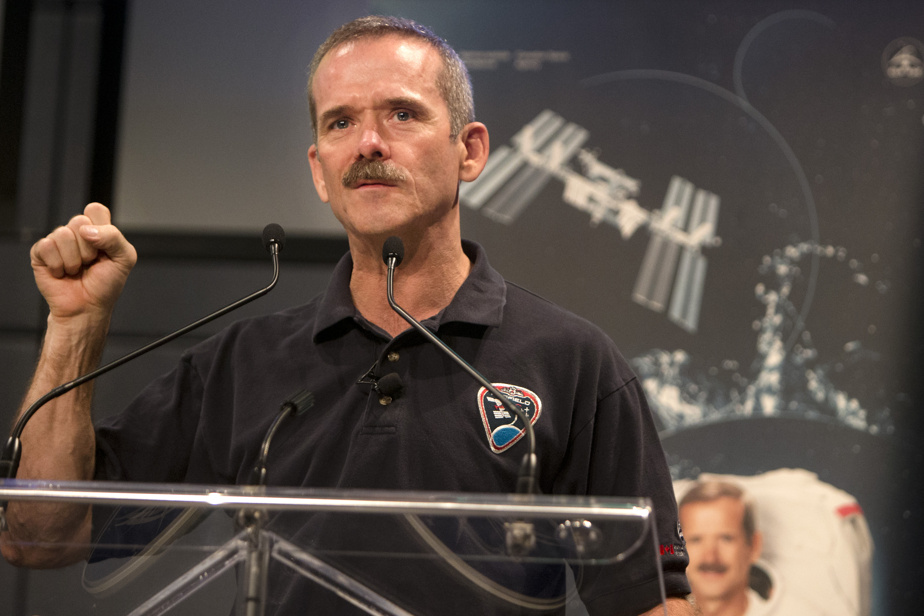(Toronto) Former Canadian astronaut Chris Hadfield is working with King Charles III on a space sustainability plan called the Astra Carta.
The Astra Carta will explore how humans can use space and settle on the Moon in a different way than they established on Earth, the Canadian astronaut explained on Tuesday.
“We have a clean slate with the Moon,” he told The Canadian Press on the sidelines of Super Session, a Toronto conference hosted by the Creative Destruction Lab, a nonprofit that helps science and technology enterprises technologies.
“There is no life on the moon, so we are not disturbing an ecology,” he said.
Mr Hadfield has been working on the initiative since last summer when the British monarch, who has long been outspoken on environmental issues, asked him for help. They plan to release an early version of the Astra Carta on June 28 in London.
Mr. Hadfield hopes that the Astra Carta will evolve into a document that will engage many decision makers across the globe and guide some of the fundamental patterns regarding human and legal behavior in new territories like space.
Canadians should think of some of the problems this will raise, as if we had just discovered an untapped continent, he illustrated.
“What would we do with it? Who would own it? What laws would apply? Who will be able to drill and who will be able to take advantage of the short and long term resources that exist there? he wondered.
“And how are we going to govern ourselves? If you kill someone on the moon, in which court will you appear? he continued.
These issues all make space a “new opportunity,” exclaimed Hadfield.
“How we settle on the moon is going to define how we settle everywhere else afterwards,” he said.
The name Astra Carta is a nod to the Magna Carta, a document dating from 1215 that guaranteed English political freedoms and laid the foundations for modern democracy and freedoms.
Mr. Hadfield recalled that the first version of Magna Carta was rejected by the public and eventually rewritten. He expects the Astra Carta to also evolve over time and attract interest from policy makers.
The former astronaut was reviewing a final version on Monday evening. He had helped the king and his staff write it.
This partnership is not the first contact of Mr. Hadfield with royalty.
“I live a weird life,” he confessed. Years ago, when Queen Elizabeth and Prince Philip were still alive, they invited us to a sleepover at Windsor Castle. At first I thought it was a scam. Still, it couldn’t be true. »
Mr Hadfield and his wife eventually made their way to the English castle, where they got to know the late royal couple “a little”.
Since then, the astronaut has met the royal family on several occasions. According to him, it is always “nice” to spend time with them and see how they try to be a good influence on the world.
“But I don’t hide it. It is a huge privilege and a once-in-a-lifetime opportunity,” he observed.
